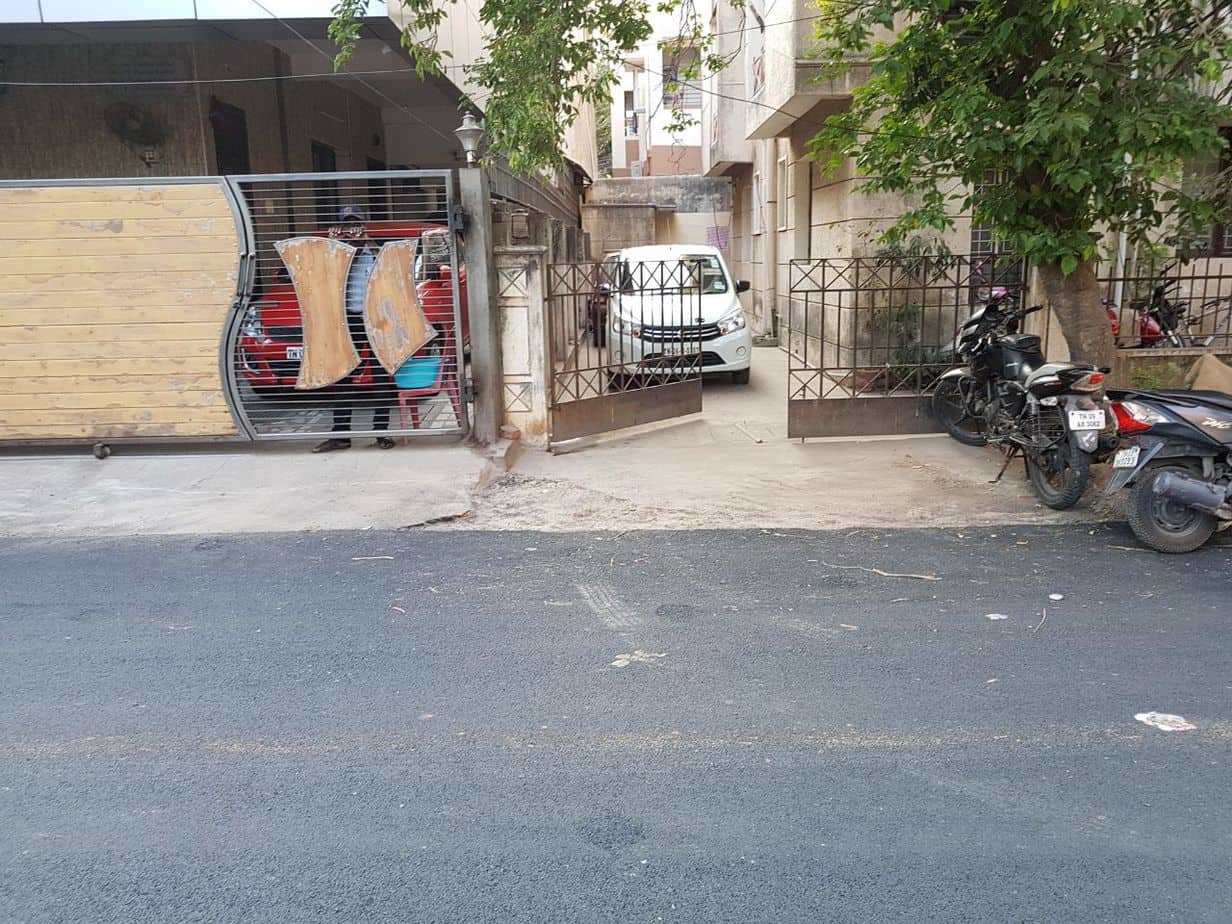A decade old civic battle being fought by residents of Chitlapakkam has reached a positive conclusion. In what could bring relief to many citizens suffering shoddy and hastily laid roads in cities, the Madras High Court on March 9th directed the Chitlapakkam Town Panchayat to mandate milling in the road relaying procedure. The direction would be applicable to the entire state of Tamil Nadu, including the Greater Chennai Corporation.
Paving the way
The court ruling came in response to a Public Interest Litigation (PIL) before the Madras High Court last week by R Balachandar, a cab driver from Chitlapakkam. The litigant asked for the roads to be relaid in a scientific manner, after the original surface layer had been scraped, so as to maintain its level.
Balachandar is associated with Chitlapakkam Rising, a group of citizen volunteers from the southern suburb who have been taking up various civic and environmental causes in the area and pressing for action on the same. The road issue is one that they have been pursuing for over ten years.
The problem, however, is one that is not just relevant for Chitlapakkam but for the entire city as well as the state. In almost all cases, the old roads are not milled before the new one is laid. The height of the road thus increases every time a new road is laid, due to which the level of the houses go down.
“We have harrowing experiences during the rains, as water enters our residences. Those who can afford to make constructions to elevate the foundations of their buildings do so, while the others drain water with buckets and jugs. They suffer in silence,” says Balachandar, one of the key crusaders seeking change in the neighbourhood.
Many welfare associations and individuals coordinated with Chitlapakkam Rising, to take the issue to a larger domain. One of the earliest battles was ten years ago. Sunil Jayaram of Chitlapakkam Rising shares, “My house gained about 8 inches in 2008, when they relaid the road without scraping the old surface. When I decided to fight against it, I was surprised to get a lot of support from locals, who had faced the same problem.”
The group left no stone unturned, and approached the Kancheepuram district administration and the panchayat office over the issue, before filing hundreds of petitions with the Chief Minister’s cell. Taking the legal route was the final straw.
It is unfortunate that the final victory took so long, but, the judgement provides solace for many citizens. “We appreciate the efforts of Chitlapakkam Rising for taking up the legal battle. It is sad that citizens have to approach the judiciary for such issues and do not receive any attention from the civic bodies otherwise,” says K Ramakrishna, Executive Commitee Member of Sri Sarvamangala Nagar Welfare Association, which also fought for mandatory milling.
The directive

A house in Chitlapakkam has been raised, after the increase in road height. Pic: A Chitlapakkam resident
Besides presenting the problems faced by civilians during floods, the advocate for the petitioner, Varsha Sridharan also emphasized the technical argument. “The level of a road is important in measuring the height of a building. On what basis can the Municipal Administration Department or Chennai Metropolitan Development Authority determine a building’s height if the road level is increasing every year?” questioned Varsha.
The bench comprised of Chief Justice Indira Banerjee and Justice Abdul Quodhose said that the correct procedure should be explained to contractors involved in road relaying projects. Milling is mandated in the guidelines provided by the Indian Road Congress, the manual of which has been sent to the concerned departments including the city corporation and highways. “The general public cannot be expected to raise their foundations to match the road height,” the bench remarked.
This direction can now be an important tool in the hands of citizens to question tawdry work, as well as critical guidance for civic body officials to follow rules.
Need for citizen uprising
Milling remains a dead rule when it comes to relaying of interior mofussil roads, even though it is followed while constructing highway roads. From the wide lanes in Mylapore to the narrow roads in the newly added corporation areas (in Alandur and Ambattur), road relaying is an activity undertaken just for the sake of it.
“Roads in AGS colony in Velachery are in fact higher than the houses. Not only panchayats, even the Corporation does not comply with the rule of milling, as specified by the Indian Road Congress guidelines,” said Geetha Ganesh, Secretary, AGS Colony Residents’ Welfare Association.
Transparency and citizen participation are the key tools to ensure quality roads. “Information about the road (estimated cost and date of completion) and contact details of the contractor should be placed near the road relaying site,” demands V Santhanam, a social activist from Chromepet.


Yes, throughout chennai, while relaying roads they do not remove the old stretch and this resulted in houses being below the road level, especially in places like Nanganallur. This results in water from the road entering houses whenever there is rain.There is no quality aspect in any action of the governmental agencies in tamilnadu
To avoid the road going higher then the house – many people are building new houss 4-6 feet above the existing ground level. This takes a lot of sand. If we could be sure all roads will not raise up every relaying – the need for river sand will come down.
Laying roads are important for accident free journey. Enforcing to wear helmet to prevent injuries is just a hypocrisy.
Please update the Case details also to be aware.